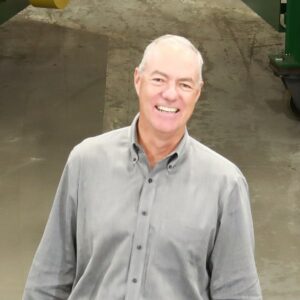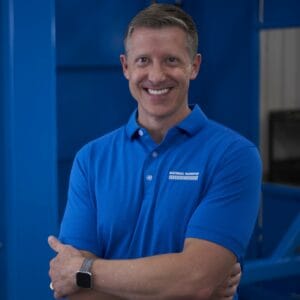Industrial cannabis extraction can be described as converting target molecules in cannabis raw material to a usable form.
Which molecules those are, depends on the goals of the final product. This ranges from an extract containing only a pure, isolated cannabinoid like CBD to an extract containing more than 100 cannabinoids and terpenes in a particular ratio.
Butane, water, CO2, and ethanol are standard methods of cannabis extraction. All of these solvents allow for separating cannabinoids from the cannabis plant. Each extraction method has its benefit, but the goal of each is to offer a highly potent end product.
During the cannabis oil extraction process, biomass is placed inside an extraction vessel with a solvent (Ethanol or CO2) to filter out the soluble components. This process precedes the separation and filtration process.
Cannabis extraction allows for
- Higher cannabinoid purity
- Stronger and longer-lasting concentrates
- Accurate dosing
What are the most common extraction methods?
- Butane honey oil extraction
- Supercritical CO2 oil extraction
- Ethanol extract
- Water extraction
- Isopropyl oil extraction








































